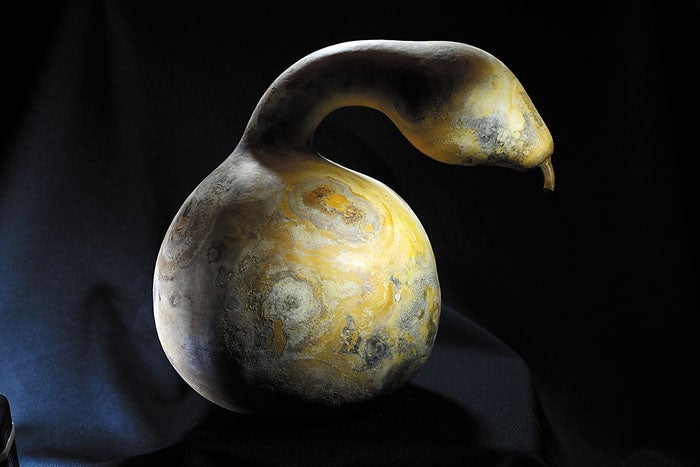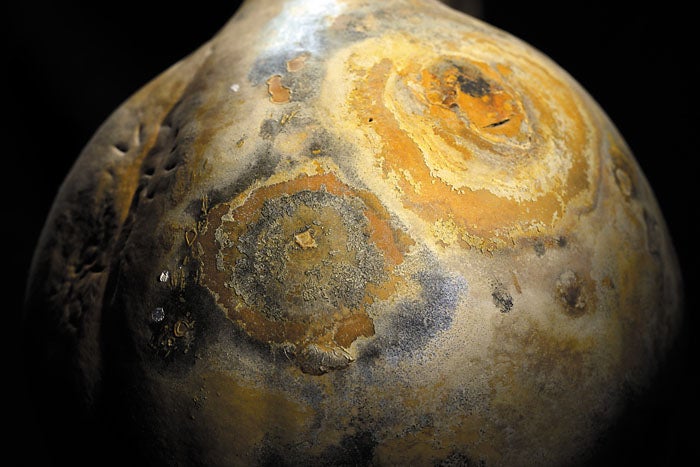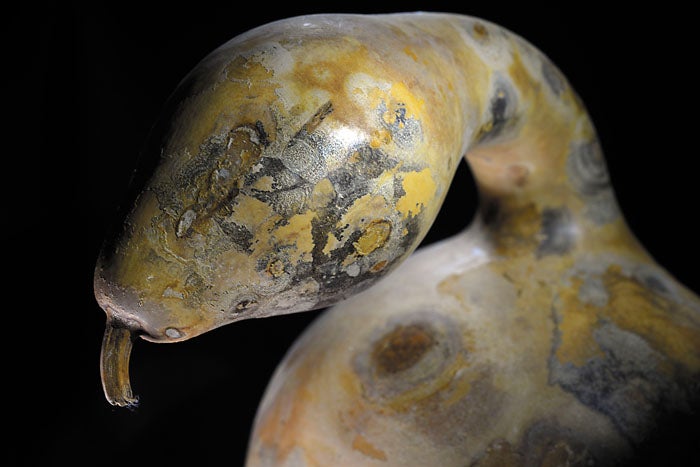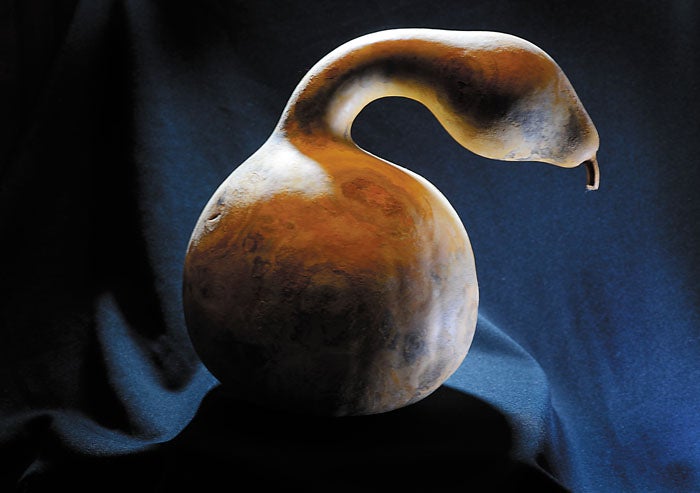Hinshaw column: The Old Gourd
Published 12:00 am Wednesday, December 26, 2018
As we go though life, it is amazing the things we get attached to and why we get attached. Some of the attachment is for sentimental reasons, and sometimes it is a favorite piece of clothing or tool, or in my case, a favorite camera or an old gourd.
I have an old gourd that has been in the family for three generations. That is correct — an old gourd. My Grandma has been dead for 50 years and she was in her mid-80s when she died, so the gourd must be well over 100 years old. Only the heavens would know the age of the gourd.
Gourds have been found in archaeological sites from 13,000 years ago. Man has used gourds as tools, musical stringed instruments and drums. Purple martins like the gourd birdhouses. Some use the gourds for artistic expressions. Poisonous gourds are mentioned in the Bible in the story of Elisha. Today, few use the gourds for water dippers as my Grandma did in her “wash house.”
When I was a young boy, I spent many hours at my Grandma and Papa Hunt’s home. My Grandma had a twisted, odd-shaped gourd that she had kept in the house. I don’t know the story behind the gourd, but she must have loved that old gourd. When visiting, I would often stand and study the gourd, and for some reason, my imagination was captured by the shape of the dried-out hard shell. I was attracted to the gourd for its odd shape.
My grandparents used to grow gourds next to the fence wire of the chicken lot, so the plant could climb the wire and the green gourds could hang upright while growing. Maybe Grandma grew this prized gourd. I remember they had some long-handled gourds they grew. In fact, I have one of their gourds with a 4-foot-long handle.
My Grandma used a dried, long handle gourd to dip the hot water for her old wringer-style washing machine in her wash house. The wash house was not connected to the main house but stood some 10 yards from the back of her house. She heated her wash water in a rounded brass basin planted in a concrete base over a wood fire in a brick furnace. She then used the gourd dipper to move the hot water to the washing machine. The dipper wash house gourd is not the subject I now write about.
When Grandma Hunt died, my mother brought the odd shaped gourd to her house and again I spend time studying it. I think that I just liked the rounded shape that added to the mystery of why we had the gourd. The gourd had some magnetic magic attracting me to it. We never really talked about the gourd, but it was just always there pulling me to it with my mind creating thoughts about gourds.
Thinking about gourds, I remembered the story about the Underground Railroad song from the Civil War time. The song, “Follow the Drinking Gourd,” was sung by Harriet Tubman to communicate directions to the African-American slaves using the Underground Railroad as a road to freedom. Gourds were used by the slaves and other rural people as a water dipper for drinking water at their well, so they knew all about water dipper gourds. The drinking gourd in the song was a codename for the “big dipper star formation in the sky.” Walking at night in the direction of the star formation was the first escape direction to follow for runaway slaves moving north in the darkness.
When my mother died, I became the proud owner of the unique gourd and now it stays at my house. It doesn’t take much space and makes no noise, and I still enjoy looking at it. I decided to have a photo session with the gourd as my model.
As I turned and adjusted the photo lights on the gourd, I entered a “trance-like condition” letting my imagination run loose thinking about what the gourd looked like.
It could be a big snake head with a curved neck. Maybe, it was “Puff the Magic Dragon” with no reference to drugs. Maybe, it was a giant monster with its tongue sticking out (the stem of the gourd). Maybe, it could be a fat swan or a goose.
By turning the studio lights, the round, smoothness of the gourd could look like a graceful ballet dancer suspended in the mid-air. After another change of the lighting, and getting really close to the skin of the gourd with the camera, the surface skin of the hard shell’s aging circular markings could be the earth viewed from a satellite that was tracking storm systems around the globe.
Am I losing my mind focusing on the gourd? Does this 100-year-old gourd have magic power? Maybe my aging brain is having a power outage?
Wayne Hinshaw is retired chief photographer of the Salisbury Post.







